Staining pine on Andersen french doors
shezzy_in_sj
18 years ago
Featured Answer
Sort by:Oldest
Comments (20)
ChristineW
18 years agoRelated Professionals
Black Forest Cabinets & Cabinetry · Tabernacle Cabinets & Cabinetry · Houston Carpenters · Palmetto Bay Carpenters · Valley Stream Carpenters · Arlington Flooring Contractors · Monrovia Flooring Contractors · Naugatuck Flooring Contractors · Oak Ridge Flooring Contractors · Pittsburg Flooring Contractors · Snellville Flooring Contractors · Clark Furniture & Accessories · Kansas City Furniture & Accessories · Millburn Furniture & Accessories · Channahon Handymangolfmanmd1964
18 years agoBill_Wilson
18 years agokaypeakay
16 years agobobismyuncle
16 years agokaypeakay
16 years agocjacker
16 years agobobismyuncle
16 years agocjacker
16 years agojsgoofy
15 years agoUser
15 years agodancingqueengw
15 years agoglennsfc
15 years agohoppe_newnorth_net
13 years agohoppe_newnorth_net
13 years agogillingham7943_comcast_net
12 years agobobismyuncle
12 years agoMdKate
11 years agomillworkman
11 years ago
Related Stories
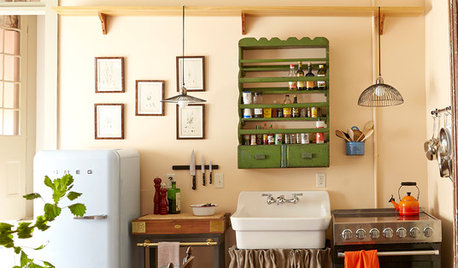
HOUZZ TOURSHouzz Tour: Undone in the French Quarter
Color and history abound in this ‘unrenovated’ pied-à-terre in the Big Easy
Full Story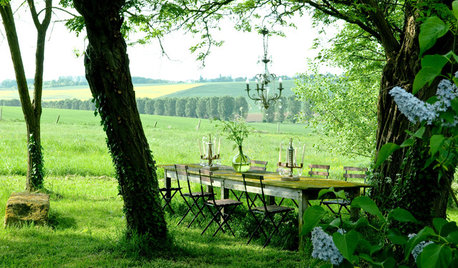
HOUZZ TOURSHouzz Tour: Wisteria and Light in the French Countryside
A stone’s throw from the gardens of Versailles, a former presbytery is now a dream weekend retreat
Full Story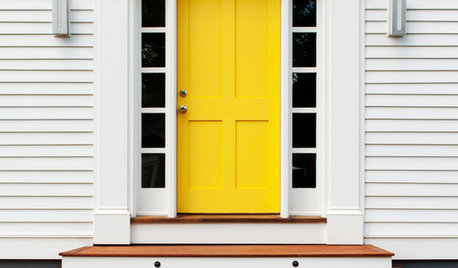
FUN HOUZZHouzz Quiz: What Color Should Your Front Door Be?
Think you’re hip enough for orange? Or optimistic enough for yellow? Take our front-door personality quiz and find out
Full Story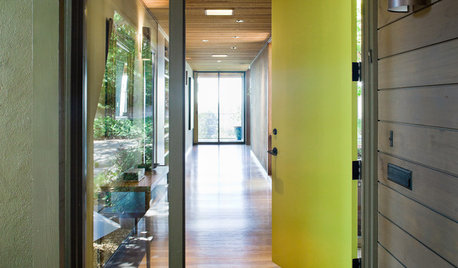
CURB APPEAL5 Bright Palettes for Front Doors
Splash bold green, blue, orange or red on your front door, then balance it with a more restrained hue on the rest of the house
Full Story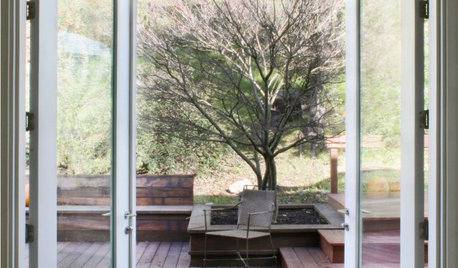
MOST POPULARFind the Right Glass Door for Your Patio
It’s more than just a patio door — it’s an architectural design element. Here’s help for finding the right one for your home and lifestyle
Full Story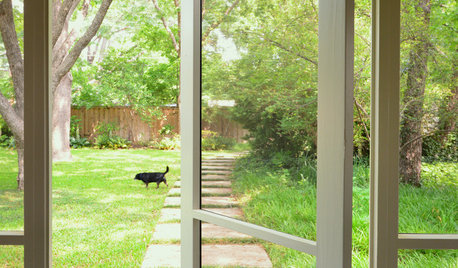
DOORS10 Ways to Work Screen Doors, Inside and Out
Take this functional feature up a notch with one of the many alternative door styles available
Full Story
WOODKnotty and Nice: Highly Textured Wood Has a Modern Revival
Whether it's cedar, fir or pine, if a wood has a knot, it's hot
Full Story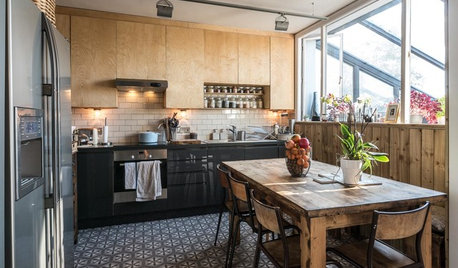
KITCHEN DESIGNA Two-Tone Cabinet Scheme Gives Your Kitchen the Best of Both Worlds
Waffling between paint and stain or dark and light? Here’s how to mix and match colors and materials
Full Story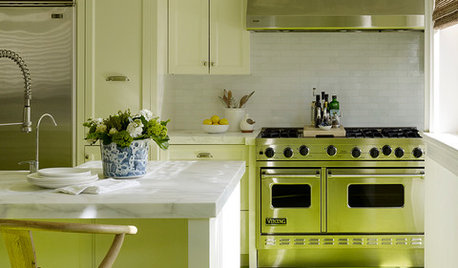
KITCHEN DESIGNEye-Catching Colors for Your Kitchen Floor
Revitalize a tired wooden floor with a paint or stain in an unexpected color
Full Story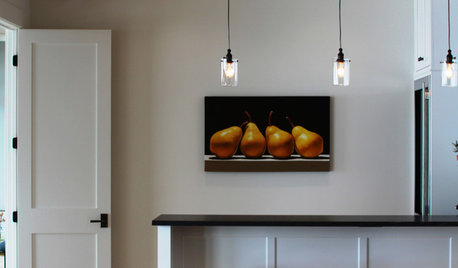
DOORSKnow Your House: Interior Door Parts and Styles
Learn all the possibilities for your doors, and you may never default to the standard six-panel again
Full Story








brickeyee